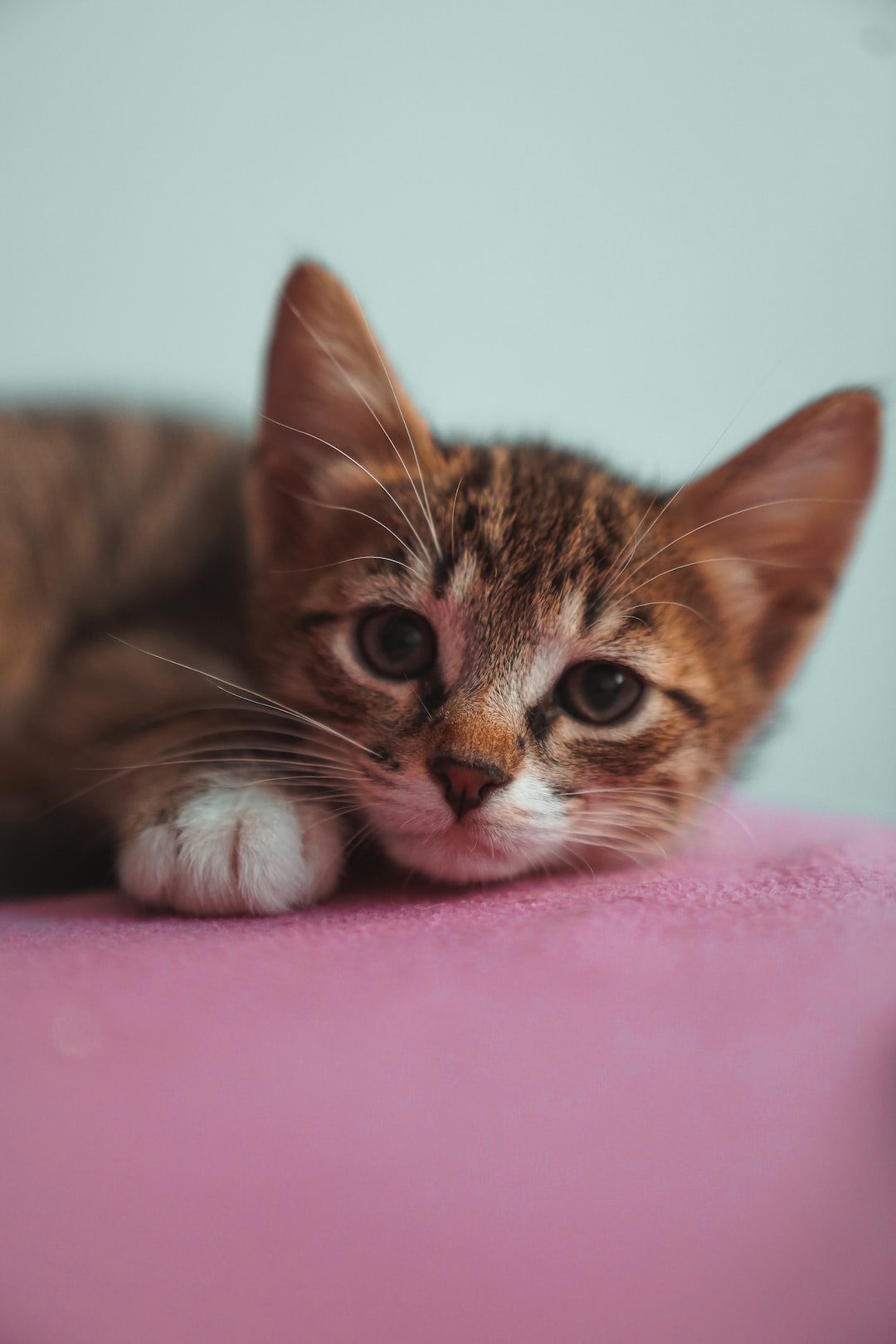Pet Safety 101: How to Pet-Proof Your Home
When you welcome a new furry friend into your home, their safety becomes a top priority. Just like you would child-proof your home, pet-proofing is essential to ensure that your four-legged family member is safe and secure. Whether you have a mischievous puppy or a curious cat, here are some important steps you can take to pet-proof your home.
1. Secure Potential Escape Routes:
Pets are naturally curious creatures and may try to explore the great outdoors. Ensure that all windows and doors are securely closed and latched to prevent accidental escapes. Installing sturdy screens on windows is an effective way to keep cats from roaming outside. Additionally, double-check your fencing to ensure there are no gaps or holes that your pet can squeeze through.
2. Hide Electrical Cords:
Pets, especially puppies and kittens, are attracted to electrical cords and may chew on them, resulting in injuries. Secure loose cords and wires by using cord organizers or by keeping them out of reach. Alternatively, you can cover cords with PVC pipe or tape to deter your pet from biting or playing with them.
3. Store Harmful Substances Safely:
Just as child-proofing involves storing harmful substances out of reach, the same principle applies to pet-proofing. Keep cleaning supplies, chemicals, medications, and other toxic substances securely stored in cabinets or high shelves. Also, be cautious with houseplants, as some common ones may be toxic to pets if ingested.
4. Beware of Small Objects:
Pets, especially puppies and kittens, tend to explore their environment using their mouth. Ensure that small objects such as buttons, coins, jewelry, or small toys are stored safely. Swallowing these items can lead to choking or intestinal blockage, posing a serious health risk to your pet.
5. Lock Away Trash Cans:
Trash cans can be a treasure trove for curious pets. They may sniff around and find dangerous objects, spoiled food, or even ingest harmful substances. Use trash cans with secure lids or keep them in a cupboard or behind a closed door to prevent access.
6. Choose Pet-Safe Houseplants:
Indoor plants can make your space more beautiful, but some varieties can be toxic to pets. Research pet-friendly plant options and ensure that any plants you bring into your home are safe for your furry friend. This way, you can enjoy the freshness of greenery without compromising your pet’s well-being.
7. Secure Heavy Furniture and Appliances:
Pets can be quite playful and may accidentally knock over heavy furniture or appliances while exploring or playing. Secure bookshelves, cabinets, and other heavy furniture to the wall using safety straps or anchors. This will prevent any accidental tipping and potential injury to your pet.
8. Install Childproof Cabinet Locks:
Pets, especially cats, may find open cabinets or drawers fascinating. Install childproof locks to keep your curious pet from accessing harmful substances or getting trapped in closed spaces. These locks will provide an added layer of protection for your furry friend.
9. Keep Human Food Out of Reach:
Certain human foods are toxic to pets, while others can cause digestive issues or choking hazards. Keep chocolate, caffeine, grapes, onions, garlic, alcohol, and any other hazardous food items securely stored and out of your pet’s reach. Also, caution your guests about feeding your pet any table scraps or foods that may be harmful to them.
10. Invest in Pet-Friendly Flooring:
Choose pet-friendly flooring options that are easy to clean and resistant to scratches. Some flooring materials, such as hardwood or laminate, can be easily damaged by sharp claws. Opt for more durable options like tile, vinyl, or pet-friendly carpets that make it easier to maintain cleanliness while being gentle on your pet’s paws.
Remember, pet-proofing your home is an ongoing process. As your pet grows and becomes more curious, reassess potential hazards and make any necessary modifications. By implementing these pet safety measures, you can provide a safe and secure environment where your furry friend can thrive.

